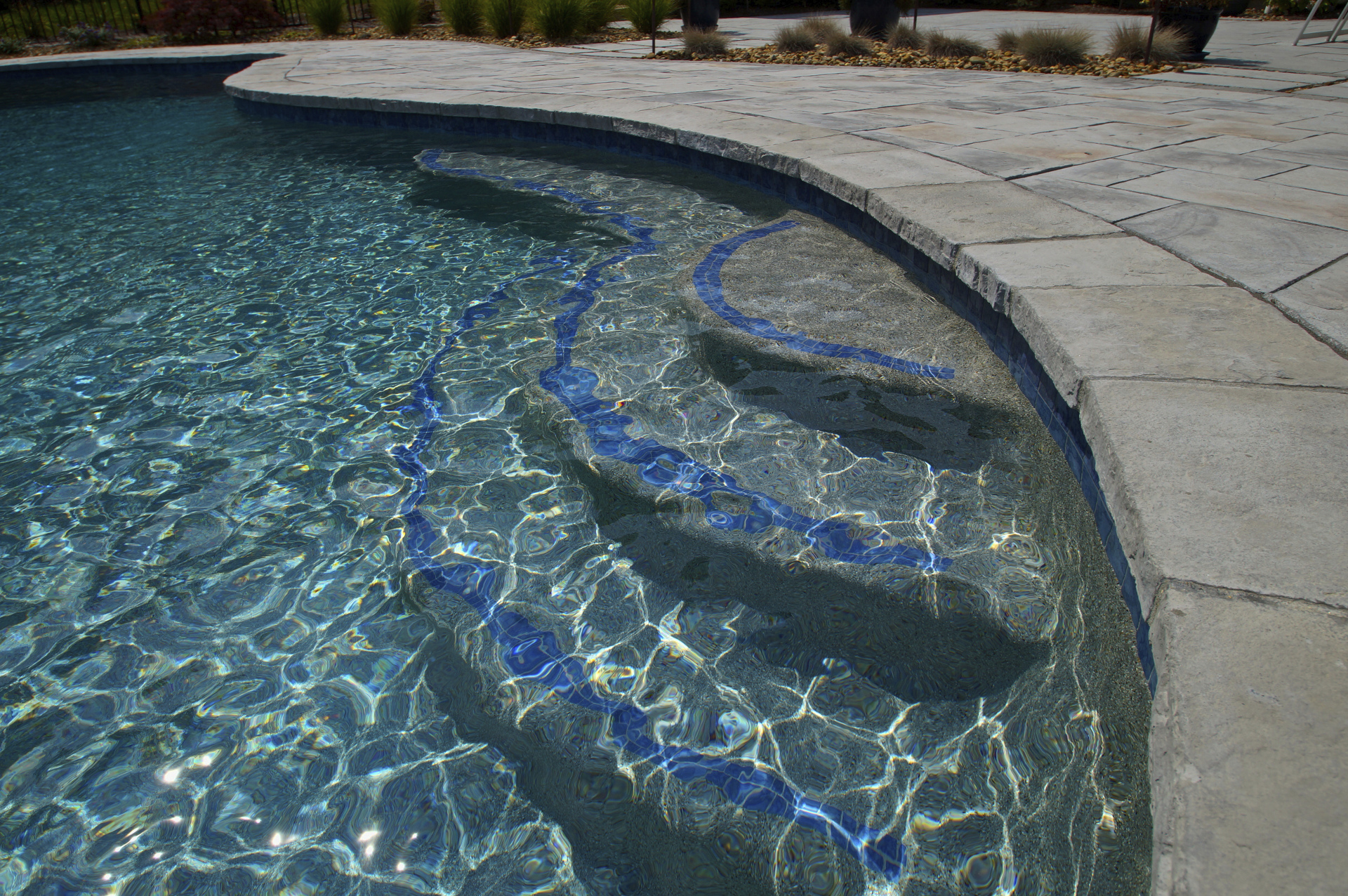 Pool Plastering
Pool Plastering
Whether you are having a new gunite pool installed, or renovating and existing gunite pool, Triad Associates offers many pool plaster options to meet your specific needs.
Choosing an in ground pool allows you many options to make your pool your own. Features that you may want include things such as slides and tanning ledges. At the same time, an inground pool is much more durable, and it will last you many decades if cared for properly.
A gunite pool uses a system of concrete and steel rebar to reinforce the frame. The design ensures that the pool can stand up to a lot of damage. It won’t crumble under the constant exposure to water. It won’t bend or warp. It will stay in top shape year after year. One thing you must do to keep your gunite or cement pool in good shape is to periodically replaster it. Plastering a pool involves giving it a new top layer of cement to smooth and strengthen the pool’s surface.
Triad Associates Inc. performs professional pool plastering to renovate older gunite pools or to update pool surfaces as a matter of routine maintenance. Whether your pool has crumbled from neglect or you just want to give your pool a fresh, new look and many more years of protection, we can help with new pool plastering.
What is Pool Plastering?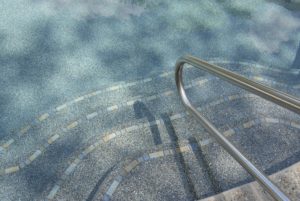
Pool plastering is the final step in the pool construction process. It involves putting the final layer of cement on the sides and bottom of the pool, giving it a clean and seamless finish. That final surface coating also makes the pool finish smoother, which makes it feel better on your feet and makes it less vulnerable to mold and damage.
Pool plastering reinvigorates, and protects it. When the surface plaster starts to degrade, that’s when you see chips and cracks in the pool. This creates an entry point for more damage into the pool’s deeper layers. When this happens, you can have serious damage on your hands, which can also result in major, expensive repairs. Keeping your pool properly plastered protects not only its appearance, but also its structural integrity and overall health.
How Often Should You Plaster a Pool?
Typically, you should plaster your pool every 10 years. However, that doesn’t mean that you should stick to that strict schedule and never deviate, regardless of what’s going on. Some pools will need to be plastered more frequently.
Some signs to watch out for that indicate your pool needs to be plastered again include:
-Heavy mineral stains
-Gunite or shotcrete that is showing beneath the plaster.
-Uncomfortable swimming (scratches and abrasions)
Heavy mineral stains that you cannot remove are simply aesthetic. However, when they cannot be removed, you should consider replastering your pool. Otherwise, your pool is going to look dirty and in poor repair. When the substrate is showing, such as the gunite or shotcrete, that’s a sign that your pool’s surface is crumbling. That is a situation that can soon lead to deeper damage, so it is imperative that you call a pool professional and schedule your replastering as soon as possible. Uncomfortable swimming is a sign that your plaster coat is wearing thin.
You 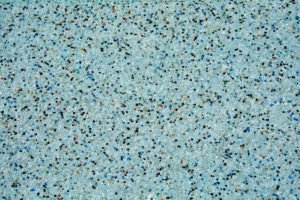 may be feeling scratches or abrasions, or you may just have sore toes after you get out of the pool. Consider that a warning sign that you need to consider replastering soon. Don’t wait until the plaster starts to crumble and you have bigger problems to manage.
may be feeling scratches or abrasions, or you may just have sore toes after you get out of the pool. Consider that a warning sign that you need to consider replastering soon. Don’t wait until the plaster starts to crumble and you have bigger problems to manage.
Plastering Options
You have a wide variety of options when it comes to replastering your pool, both in terms of the type of materials you choose and in the final look you want. Different plasters are stronger, more resistant to different types of damage, and different in their look. What you choose will have an impact on how your pool performs and how beautiful it is.
Triad Associates specializes in Wet Edge interior pool finishes. Wet Edge plaster has a unique blend of premium stones, aggregates, and additives that enhance performance for durability. A Wet Edge surface is stronger and more resistant to the elements, while also providing a more attractive look.
When choosing your plaster, we’ll help you find the right materials to get the long-lasting protection you need. We can also apply different colors to give your pool a new look if you want to freshen up your style.
Additional Options
When you are replastering your pool, you may want to update the look of your pool, as well. Selecting a different color for your plaster can be an option. You can choose a natural color like blue or green to complement the water, or you can choose something more unusual and daring.
You can also upgrade your pool with stone or tile accents. Many people choose to decorate the water line of their pool, where it will be most visible. Glass tile is an especially popular choice here, but you can experiment with different types of tile and even stone to create a beautiful look.
You might also consider adding tile or stone to the full sides of your pool or even the bottom. If you don’t want to decorate the whole space, you can create an accent area or a mosaic design on the bottom or the sides. You have a variety of options, and you should explore them with your pool technician.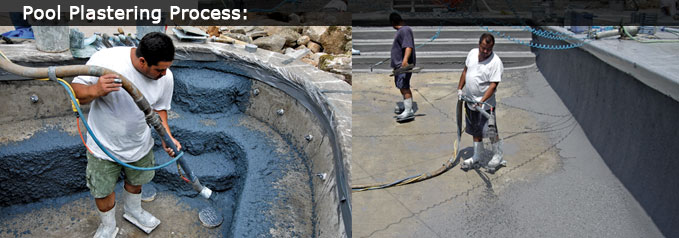
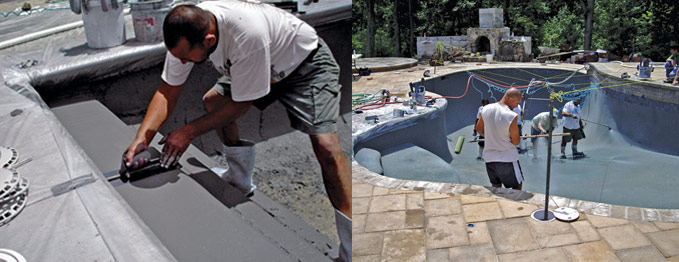
Call Triad Associates for a Quote Today
If you are thinking of updating your pool’s look or your pool’s surface is showing signs of wear, it’s time to schedule a replastering. Call Triad Associates today to get a quote for your project.
Triad Associates is a family owned company that has been serving the Haverhill area for the four decades. Our experienced professionals are committed to providing the best service and producing the best results.
Our company has one of the highest ratings with Dun & Bradstreet, and we have earned a reputation as one of the best thanks to our many happy clients. Call us today to experience that same great service.




